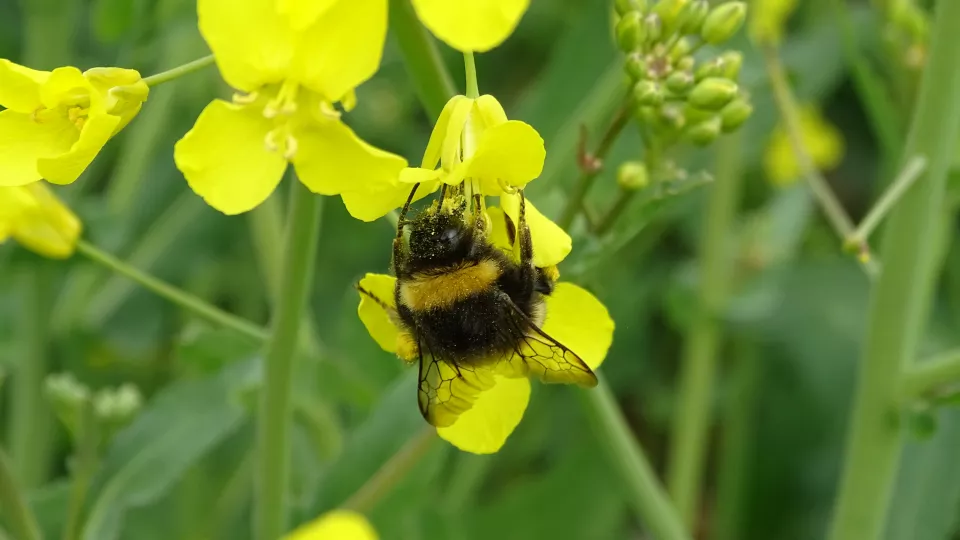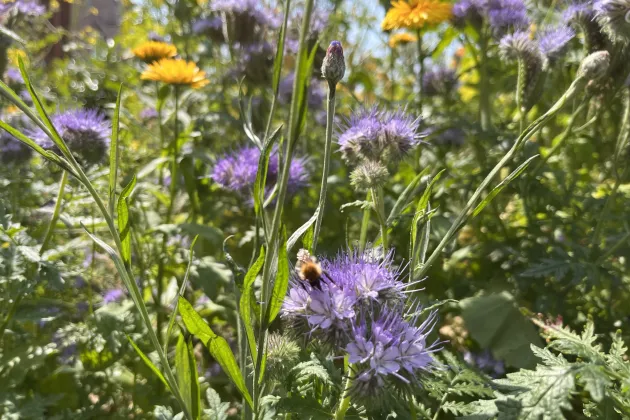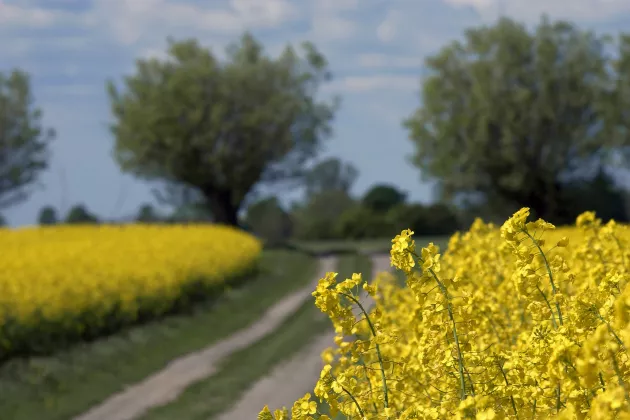When spring comes and the ground warms up, bumblebee queens wake up from hibernation. Contrary to workers and males, queens are the only bumblebees that survive the winter and they spend a couple of weeks to find a place to nest, where they can lay eggs and start a colony.
But rising temperatures mean that they wake up earlier in the year. New research shows that, in Sweden, the first flight occurs on average five days earlier than twenty years ago.
– Across Sweden, we see that the increased temperatures due to climate change clearly affect when the queens wake up and fly to find a new nest, says researcher Maria Blasi Romero.





